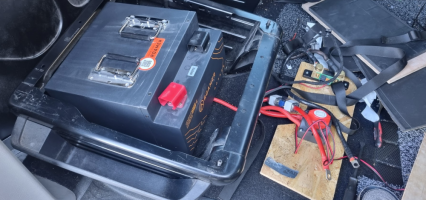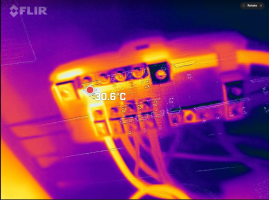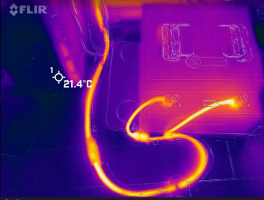Quick question. I have installed a CTEK 2050SE DC-DC charger. Its all running well with no problems. I will install an isolator switch between the leisure battery to the camper 12V electrics, but I was wondering is it worth installing a second isolator switch between the vehicle battery and the DC-DC charger? Jut thinking about when the vehicle gets work done on it to isolate the vehicle completely from the leisure battery & charging system, or is there any point in doing this? Would it just be a waste of time & money - will the CTEK 250SE be suffice to protect the leisure battery? Any input is appreciated. Thanks
Isolator Switch between Batteries and Chargers?
- Thread starter Sharra001
- Start date




